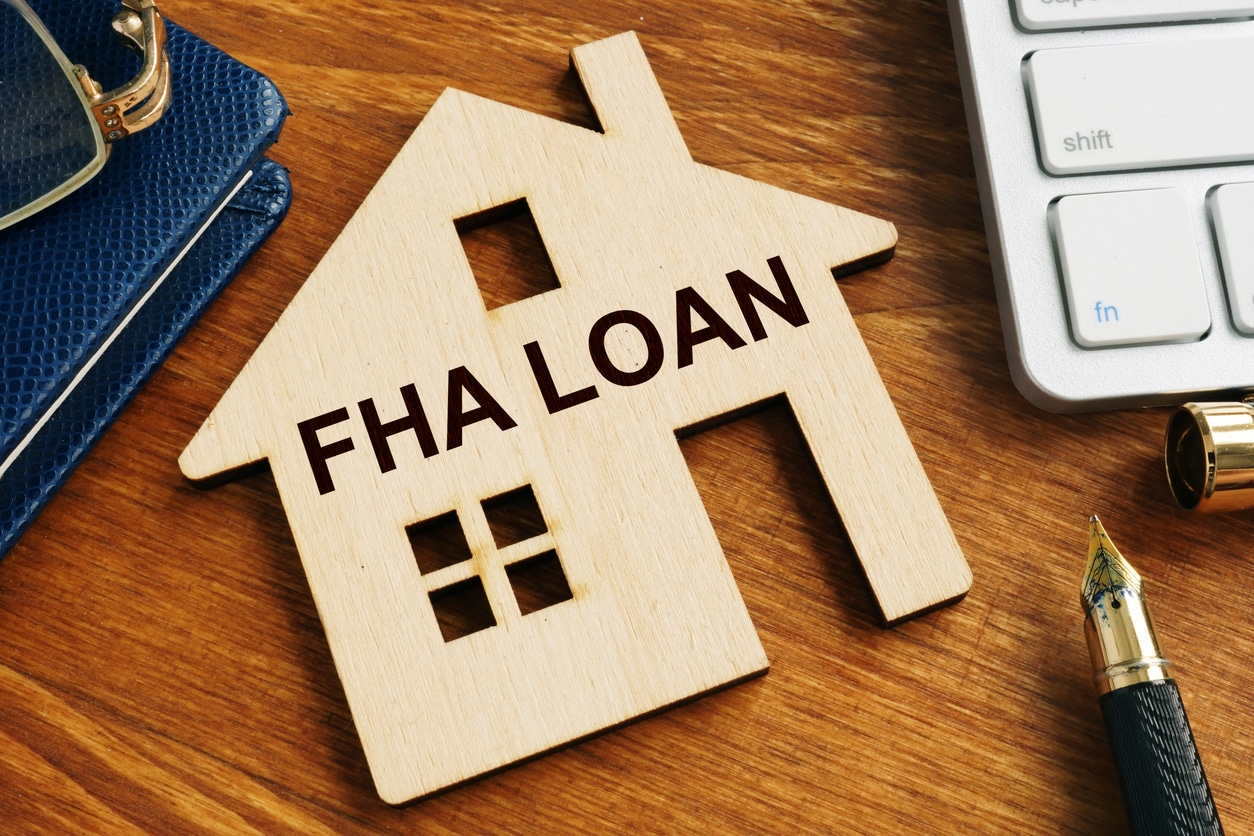What’s an FHA 203 (k) Loan and Should You Get One?

Maybe you bought a fixer-upper two years ago and the repairs have turned into more of a project than you expected. Or, maybe you’d like to buy a fixer-upper, but you’ll need a loan and you’re concerned that the house may appraise too low for a lender to approve a conventional mortgage.
If either of these scenarios sounds familiar, an FHA 203(k) loan could be just the thing.
FHA 203(k) loans serve double duty in that they allow you to purchase or refinance a house while rolling the costs for repairs or renovations right into the mortgage. These loans are backed by the Federal Housing Administration (FHA), which is why they’re sometimes called FHA home improvement loans.
With an FHA 203(k) loan, lenders carry less risk and homebuyers can often jump through fewer hoops to be approved. That being said, lenders aren’t handing out 203(k) loans like candy, so it’s important to understand what you’re potentially getting into. Let’s take a closer look at the details.

|
$1,000-50,000
Loan Amount
|
8.49-35.99%
APR
|
3–7 years
Terms
|
560
Minimum Credit Score
|
Disclaimer
Personal loans made through Upgrade feature Annual Percentage Rates (APRs) of 8.49%-35.99%. All personal loans have a 1.85% to 9.99% origination fee, which is deducted from the loan proceeds. Lowest rates require Autopay and paying off a portion of existing debt directly. Loans feature repayment terms of 24 to 84 months. For example, if you receive a $10,000 loan with a 36-month term and a 17.59% APR (which includes a 13.94% yearly interest rate and a 5% one-time origination fee), you would receive $9,500 in your account and would have a required monthly payment of $341.48. Over the life of the loan, your payments would total $12,293.46. The APR on your loan may be higher or lower and your loan offers may not have multiple term lengths available. Actual rate depends on credit score, credit usage history, loan term, and other factors. Late payments or subsequent charges and fees may increase the cost of your fixed rate loan. There is no fee or penalty for repaying a loan early. Personal loans issued by Upgrade's bank partners. Information on Upgrade's bank partners can be found at https://www.upgrade.com/bank-partners/.
What is an FHA 203(k) loan?
FHA 203(k) is an insurance program for rehabilitation mortgages. For this reason, 203(k) loans are sometimes referred to as “rehab loans” or “section 203(k)” — and the program is only suitable for homes that are at least one year old.
There are two types of FHA 203(k) loans: Standard and Limited.
Standard 203(k) loans
These loans are for houses that require significant repairs or extensive renovations. Repair costs must be at least $5,000, and while there isn’t necessarily a cap, total property value still needs to fall within the FHA mortgage limit, which varies by area. Standard 203(k) loans are most useful for fixer-uppers that will need more than just a weekend’s worth of sprucing up.
Limited 203(k) loans
A limited 203(k) is a good option for homes that won’t need a total overhaul. Repair costs are capped at $35,000, making this loan a potentially attractive option for updates to prepare your home for the market, or to make an almost-but-not-quite-there property move-in ready.
Are FHA 203(k) loans hard to get?
As with any loan, FHA 203(k) loans — whether standard or limited — have certain eligibility requirements for both borrower and property.
Home requirements
Acceptable properties for FHA 203(k) loans include single-family homes, two-to-four-family townhouse units, condominium units (improvements are limited to the interior), manufactured homes, HUD homes, and mixed-use properties that are at least 51% residential.
There’s plenty of flexibility when it comes to the types of improvements that are eligible for 203(k) loans, too. Acceptable improvements include
- the elimination of safety hazards
- making structural alterations
- improving or building a garage
- updating plumbing, electrical, or HVAC systems
- making changes to improve home function
- repairing roofing and gutters
- building fences, decks, or driveways
- installing new appliances
- repairing a swimming pool
- making a home more accessible
- and more
Borrower requirements
Your own eligibility for an FHA 203(k) loan is pretty standard: You’ll need a credit score of at least 580 (though some lenders require a score in the 600s), a 3.5% down payment, a manageable debt-to-income ratio, and proof of sufficient income to be able to make your payments. You’ll also need to either live in or plan on living in the home — a 203(k) loan isn’t suitable for investors looking to take on multiple rental properties.
How to apply for a 203(k) loan
Though there are several steps to the process, obtaining a 203(k) is fairly straightforward.
First things first, once you’ve found your property — this part is especially easy if you already own the home — you’ll need to speak with an FHA-approved lender and indicate your interest in the 203(k) program.
Next, if you’re applying for Standard 203(k) loan, your lender will choose a HUD-approved consultant. If you’re pursuing a Limited 203(k) loan, this step is optional.
Once a consultant has been selected, they’ll visit the home with you and prepare a write-up and cost estimate of your intended repairs. This information is then passed on to the lender, who will process the loan and — if all goes well — underwrite, close, and fund your 203(k) loan. As soon as FHA has insured the loan, your home improvements can begin.
How long this process will take depends on a variety of factors, including the types of repairs you’d like to make, the availability of the selected consultant, and your own readiness with required documents. Talk to your lender to better understand your specific timeline.
Are there alternatives to FHA 203(k) loans?
FHA 203(k) loans can be a great option, but they’re not your only path to combining your mortgage with home improvement costs.
FannieMae HomeStyle Renovation loan
The HomeStyle Renovation loan from FannieMae offers support for repairs and restoration on homes, as well as accessory units like in-law suites or basement apartments, and even landscaping projects.
FreddieMac CHOICERenovation loan
The CHOICERenovation loan similarly allows the cost of home repairs to be rolled into a mortgage. These loans are suitable for either an existing home or a home you intend to purchase, and they’re available to first-time buyers as well.
Collateral-based loans
Collateral loans — also called secured loans — are backed by your own assets. For example, if you need $15,000 for home repairs, you might be able to take out a secured loan using your car as collateral.
If you already own a house, a home equity loan or line of credit (HELOC), might be an option for you. With these options, you borrow against the existing equity in your home. Be sure to speak with a lender and understand all of your options before committing to a collateral loan.
Personal loans
Personal loans may come with higher interest rates, but they tend to have more flexibility in that you won’t have to put up any collateral, and you can do as you please with the funds once the loan is approved and processed.
By partnering with a network of reliable lenders, Acorn Finance makes it easy to compare your loan options and choose the best one for your home improvement needs. You can fill out just one streamlined application and then compare competitive offers from multiple lenders — all in one place.
Stop putting off your home repair projects and start your loan application with Acorn Finance today.
Comparing options on Acorn Finance? See if you prequalify for a personal loan without impacting your credit score. Just answer a few questions to get personalized rate estimates from multiple lenders.
